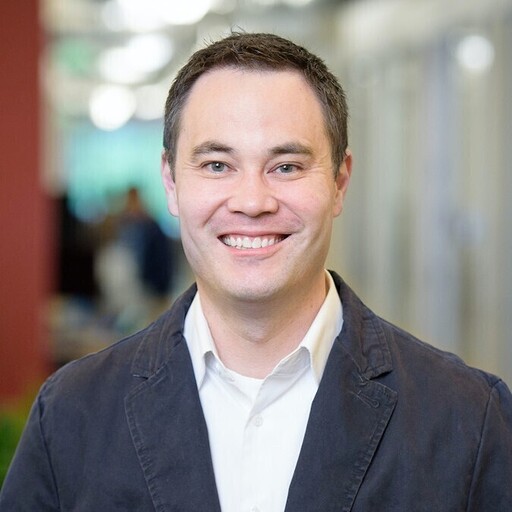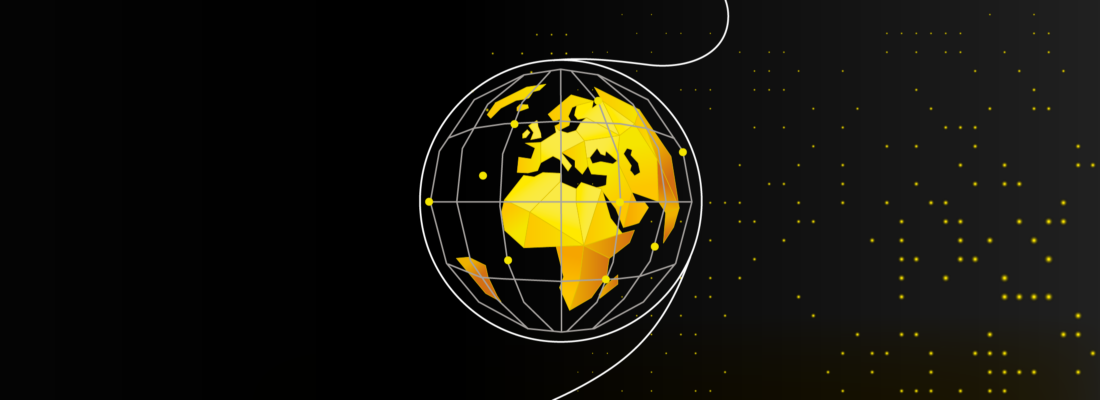It’s been said that a picture is worth a thousand words. But to Tanya Berger-Wolf, a picture is far more valuable than that. To Berger-Wolf, photos, images and videos are key to protecting biodiversity and entire species around the world.
Scientists have known for years that we are in the middle of the sixth mass extinction on our planet– an existential threat to even human populations on Earth, where all species are interconnected through food chains and the need for clean air, clean water, and fertile soil– but cataloging threatened species to understand the role policy can play in their numbers is a challenge when herds of species are constantly on the move.
Berger-Wolf, a self-proclaimed city girl and computer scientist who grew-up listening to the Rolling Stones in dance clubs and writing computer code, found herself on a rural safari– watching conservationists spend hours manually tracking zebras based on the unique patterns of their stripes. She knew that technology could help automate the process.
“Images are the most abundant, readily available source of information about anything,” said Tanya. “People document everything from what they had for lunch to what they saw on vacation and then publish that on their social media accounts.”
On top of that, conservationists collect images through drones, camera traps, and photographic surveys.
“We were at this collision of technology and culture in society to create a fire hose of data,” she said. “I saw the opportunity immediately to turn the fire hose into actionable learning before the endangered Grevy’s zebras became extinct.”
So she co-founded Wild Me – an organization that builds open source artificial intelligence software for the conservation and research community. She and a team of machine learning experts and software professionals partnered with H2O.ai, a leading provider of tools and software in the AI and machine learning space. H2O.ai sponsored the initiative as part of their AI 4 Good project, a project dedicated to democratizing AI to ensure equitable access to technology that can improve the world around us.
The result was the Wildbook platform and the technology that enabled the first-of-its-kind census of the Grevy’s zebras, the species that initially inspired Berger-Wolf, that rallied hundreds of people to take and share images across Kenya in an event known as the Great Grevy’s Rally. Wild Me ran the images through sophisticated models and algorithms to set a baseline of the number of zebras in Kenya.
The census helped influence updates to the Kenyan government’s Endangered Species Management Act – legislation that focuses on the protection, conservation, sustainable use and management of the country’s wildlife resources. The census also helped understand how many zebras were in different parts of the country, how well these populations were doing, and how that related to the various management policies.
Since then, the census has happened every other year, which allows biologists, scientists, legislators, and other stakeholders the ability to identify population trends and migratory patterns so that policies can be set and implemented at a more local level where they can have a greater impact on wildlife.
In total, Wild Me is helping create catalogs of more than 60 species across the globe. They’re working with The International Union for Conservation of Nature Red List, a distributed organization, made up of commissions for every group of species. The organization also works directly with WWF, US Department of Interior, NOAA, and many conservation organizations, zoos, and aquaria.
“Artificial intelligence democratizes science,” she said. “It brings together the pixels of individual cameras into the global view of biodiversity.”
And to her, the sum of those pixels provide an incalculable value– photos worth far more than a thousand words because they are saving entire species.
For more information about Wild Me, visit their conservation page here .










